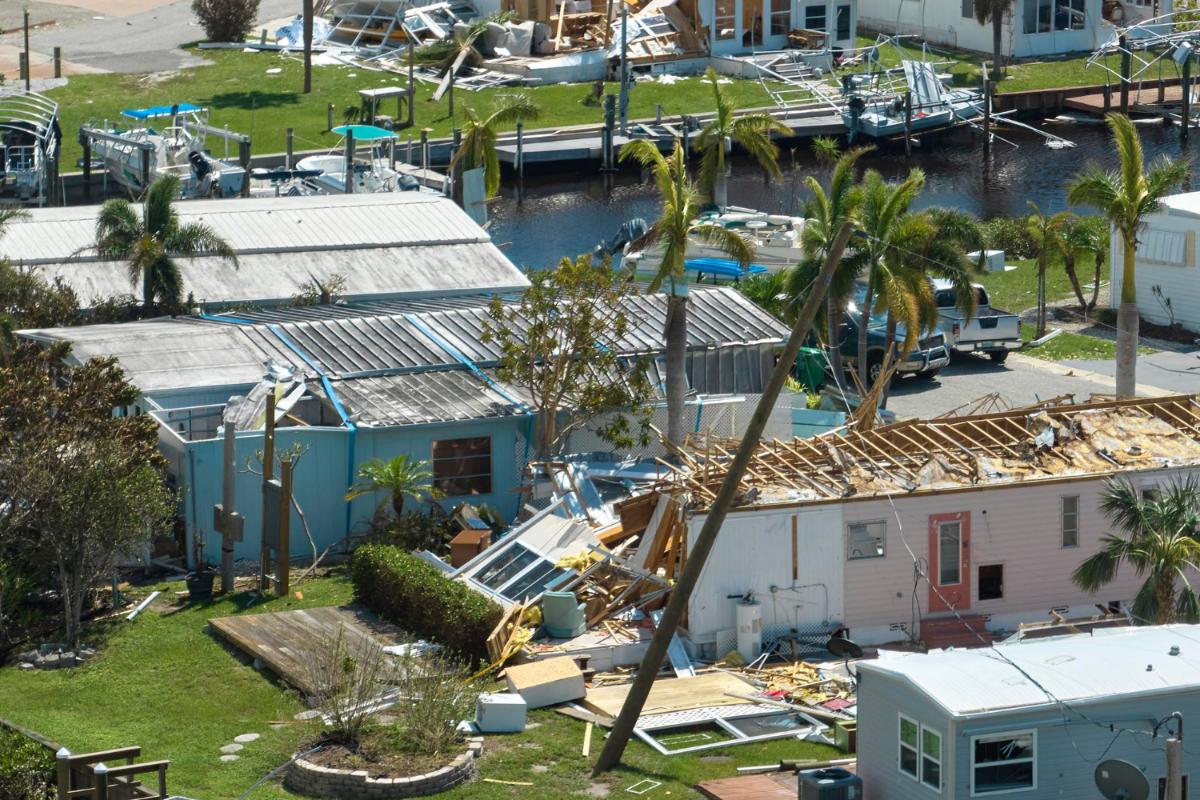 (888) 979-7969
(888) 979-7969
 (888) 979-7969
(888) 979-7969

A property may sustain secondary losses following a hurricane that are equally as severe as the primary ones. Every home and business owner in Louisiana must be aware of what to do after a storm, including what needs to be done on your property once it is safe to return. Making temporary repairs to safeguard and stop additional damage to your home and valuables is the basis of property damage mitigation after a disaster. As a public claims adjuster in central Florida, we understand how to assess damages properly and fully. These are a few ways to assess damage after a hurricane.
Obtain direction and speed from private meteorological firms or the National Oceanic and Atmospheric Administration (NOAA). To establish the wind speed in a particular area or on a particular building, judgment and interpretation are typically needed because this data is frequently collected at central land-based places, such as airports. Although the National Hurricane Center's (NHC) final reports are not released until after the hurricane season is complete, they provide important information.
Obtain the surge elevation from regional or local sources, such as FEMA and NOAA. Flood evidence may not be gathered at or close to the building being analyzed; hence, this calls for professional interpretation, just like wind data. Take the time to observe bloodlines or other indicators of the flood's height up close.
The investigator's ability to comprehend the building's state before the hurricane's devastation is crucial. A skilled engineer may sometimes have little trouble distinguishing between new and old damage.
For instance, a concrete crack with moss growing in it appeared before the storm, whereas a recent crack with sharp edges that the elements had not yet weathered might have been caused by the storm. The engineer must also determine whether the damage is consistent with the storm's forces.
In case of no building, they determine what would have likely occurred given the storm conditions. This information includes looking at any lingering debris, building drawings, photographs, and descriptions and examining nearby typical structures to see how the storm impacted people.
Professional investigators compile a thorough report on the damage and determine the sources of damage, the structural stability, and the extent of repairs. Insurance providers and property owners typically utilize these reports. Still, they may sometimes be needed to end a legal dispute, particularly when the insurance provider and owner cannot agree on the settlement.
A crucial component of documentation is the photograph. Investors can demonstrate structural damage to a building, the absence of an item, or the location of building components following a storm.
When feasible, investigators will look at photographs and other records, like architectural drawings, about the current conditions to draw comparisons. They might also look over old aerial photographs in some circumstances.
The artificial and natural habitats in the path of hurricanes are destroyed, causing severe harm to coastal areas. Businesses and property owners concentrate on rebuilding and reviving the neighborhood economy after a storm has passed.
Identifying the hurricane's damage is a crucial step in that process. Our public claims adjuster in central Florida will offer assistance to many homeowners that want to rebuild or repair their homes. Contact us to hear more about our services today.